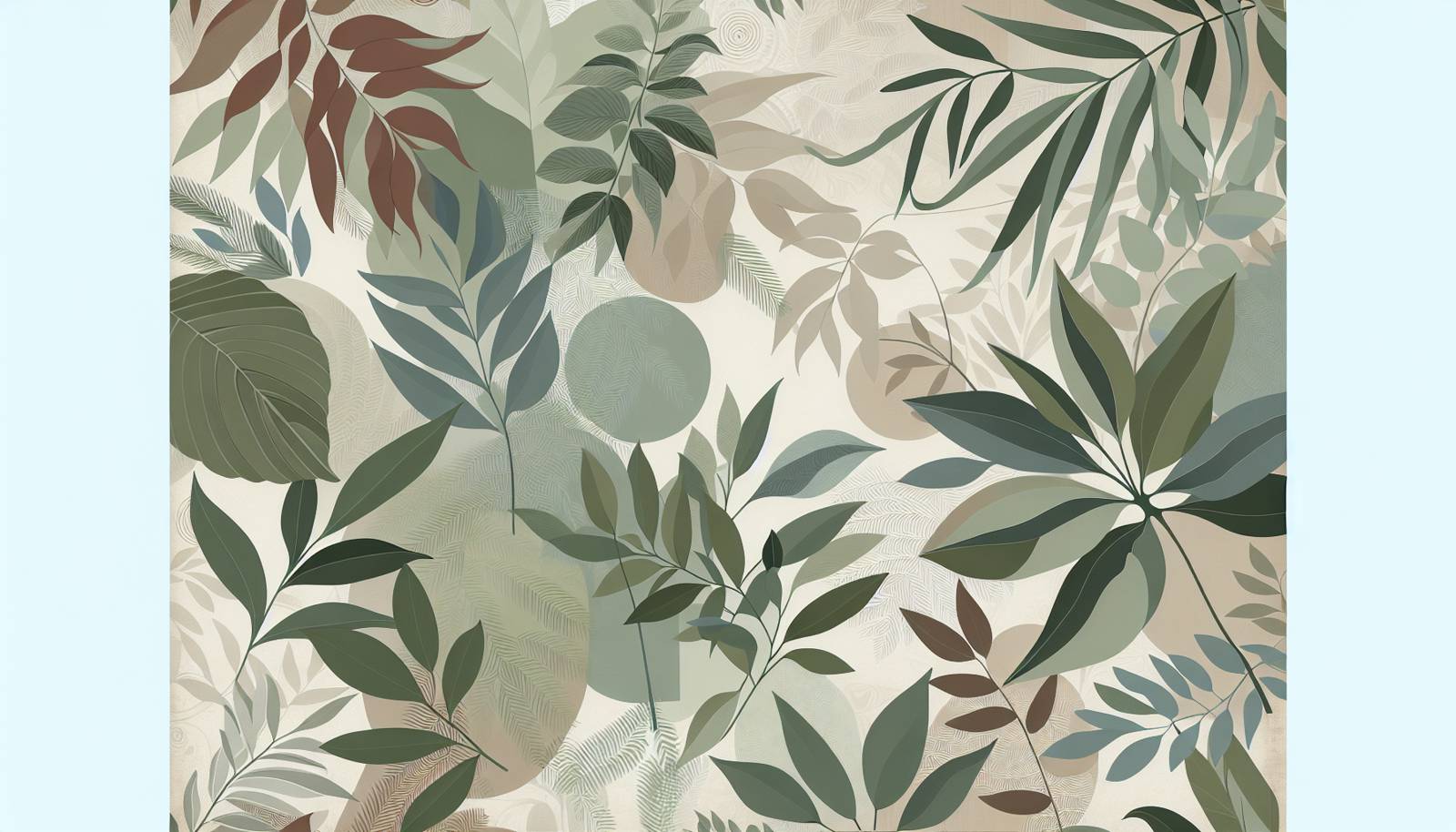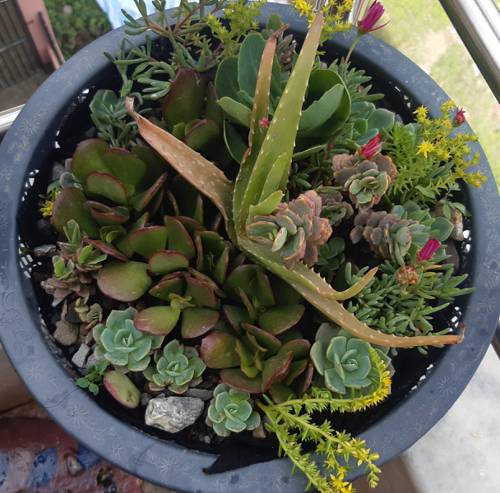
FAQ About Shade-Tolerant Indoor Plants

What are shade-tolerant indoor plants?
Shade-tolerant indoor plants are species capable of thriving with minimal light exposure. They are ideal for rooms in the home with little natural sunlight or areas away from windows. These plants have adapted to survive under canopy cover or low-light conditions, making them perfect for indoor environments.

Can you list some examples of shade-tolerant indoor plants?
Some popular shade-tolerant indoor plants include the snake plant (Sansevieria), pothos (Epipremnum aureum), ZZ plant (Zamioculcas zamiifolia), peace lily (Spathiphyllum), and the Chinese evergreen (Aglaonema). Each of these plants can thrive in low-light conditions and are known for their hardy nature.

How do I care for shade-tolerant indoor plants?
Caring for shade-tolerant indoor plants generally involves providing them with the right amount of water, ensuring the soil has good drainage, and watching for signs of stress such as yellowing leaves. Avoid overwatering and make sure the plants are not in complete darkness, as some indirect light is beneficial. Regularly dusting the leaves can also help them to photosynthesize efficiently.

Why are shade-tolerant plants suitable for offices?
Shade-tolerant plants are suitable for offices because they require minimal light and can thrive under fluorescent lighting. This adaptability makes them perfect for work environments with limited natural sunlight. Additionally, they can help improve indoor air quality and provide a calming presence, contributing to a more pleasant working atmosphere.

How often should I water shade-tolerant plants?
The frequency of watering shade-tolerant plants largely depends on the specific plant, the potting medium, and the environmental conditions. Typically, it's best to water when the top inch of soil feels dry to the touch. Overwatering should be avoided since these plants don't usually require as much water as those grown in full sun.

Can shade-tolerant plants grow in artificial light?
Yes, many shade-tolerant plants can grow under artificial light. While natural sunlight is ideal, these plants have adapted to low-light conditions and can often thrive under fluorescent lighting found in homes and offices. Providing a consistent source of indirect lighting can help these plants grow successfully.

Are there shade-tolerant flowering indoor plants?
Yes, there are shade-tolerant flowering indoor plants. The peace lily (Spathiphyllum) is a popular choice, producing elegant white flowers even under low-light conditions. Another option is the orchid, which can adapt to moderate shade and still produce beautiful blooms.

Do shade-tolerant plants require fertilizer?
While shade-tolerant plants do not require as much fertilizer as those in sunnier environments, they can still benefit from occasional feeding. Use a balanced, water-soluble fertilizer during the growing season (spring and summer) to promote healthy growth. However, be cautious not to over-fertilize, as this can damage the plant.

What soil is best for shade-tolerant indoor plants?
Shade-tolerant indoor plants generally thrive in well-draining soil that retains some moisture. A common mix includes a loamy soil base with added perlite or sand to improve drainage. Some specific plants might require slightly different compositions, so it's important to understand each plant's needs.

Can shade-tolerant plants improve indoor air quality?
Yes, many shade-tolerant plants, such as the peace lily and snake plant, have been shown to improve indoor air quality. They can help remove toxins like formaldehyde and benzene from the air. By absorbing these pollutants, they contribute to a healthier indoor environment.

How big can shade-tolerant indoor plants grow?
The size of shade-tolerant indoor plants can vary significantly based on the species. For instance, a snake plant can grow between 1 to 8 feet tall, while a small variety pothos may only reach about 1 to 2 feet in length. Size is also influenced by pot size and environmental conditions.

Are shade-tolerant indoor plants pet-friendly?
It's important to note that not all shade-tolerant indoor plants are safe for pets. For example, the peace lily and pothos can be toxic if ingested by cats and dogs. Always research the specific plant species for pet safety and opt for non-toxic varieties if you have pets at home.

What are common pests that affect shade-tolerant plants?
Common pests that can affect shade-tolerant plants include spider mites, mealybugs, and scale insects. These pests often thrive in indoor environments and can damage the plant by sucking sap from the leaves. Regular inspections and maintaining good plant hygiene can help prevent infestations.

What are signs that my shade-tolerant plant needs more light?
Signs that your shade-tolerant plant might need more light include pale or yellowing leaves, legginess with long spaces between leaves, and a general lack of new growth. Moving your plant to a slightly brighter location or supplementing with artificial light can help address these issues.

Is indirect light suitable for shade-tolerant plants?
Yes, indirect light is not only suitable but often ideal for shade-tolerant plants. These plants naturally thrive in the dappled light conditions found under forest canopies. Placing them in areas where they receive indirect sunlight can mimic their natural habitat and promote healthy growth.

Can shade-tolerant plants grow in bathrooms?
Bathrooms can be a great location for shade-tolerant plants since many bathrooms provide the humidity that some of these plants need. As long as there is some light available—such as from a window or from artificial lighting—plants like ferns and pothos can thrive in a bathroom setting.

Why might a shade-tolerant plant stop growing?
A shade-tolerant plant may stop growing due to several factors, such as inadequate light, poor soil nutrition, or overwatering. Assess the growing conditions and adjust as needed, ensuring adequate lighting, proper soil drainage, and correct watering practices. Regularly check for pests that might inhibit growth.

What is the lifespan of shade-tolerant indoor plants?
The lifespan of shade-tolerant indoor plants can vary. Many, like the snake plant and ZZ plant, are known for their longevity and can live for several years with proper care. With ideal conditions and regular maintenance, indoor plants can continue to thrive and grow over many seasons.

Can I propagate shade-tolerant indoor plants?
Yes, many shade-tolerant indoor plants can be propagated, often through methods like stem cuttings, leaf cuttings, or division. For instance, pothos can be propagated using stem cuttings placed in water until roots form. Propagation is a cost-effective way to grow more plants or share with others.

How can I incorporate shade-tolerant plants into my home decor?
Incorporating shade-tolerant plants into home decor can be both stylish and functional. Consider using tall plants like snake plants to fill empty corners or using hanging planters for trailing plants like pothos. Mixing different textures and using decorative pots can enhance the aesthetics of any room.
